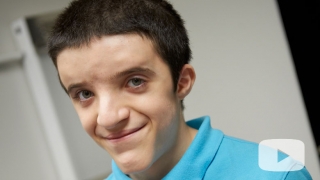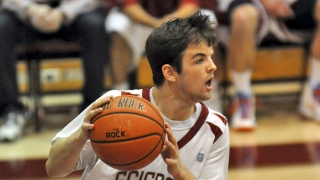Binder Syndrome
What is Binder syndrome
Binder syndrome is a rare congenital disease affecting the face. Also called nasomaxillary hypoplasia or maxilla-facial dysplasia, the condition results in undergrowth of the central face and may include elements of the nose and upper jaw.
The primary physical characteristic of Binder Syndrome is a flat, underdeveloped midface (midfacial hypoplasia) and flattened nose associated with the absence of the anterior nasal spine that supports the nose in normal development. Your child may appear to have an underdeveloped upper jaw and facial imbalance.
Symptoms
Patients with the most severe form of Binder syndrome have a tiny nose and recessed upper jaw, creating an underbite (malocclusion). In milder forms, the position of the upper teeth may be normal and the only difference visible may be the bony deficiency on either side of the nose.
The nasal deformity is characterized by a shortened columella and underdeveloped nasal bridge. The nostrils in children with Binder syndrome are characteristically comma-shaped and the bony tissue at the base of the columella (the anterior nasal spine) is absent.
Diagnosis
Binder syndrome is diagnosed based on your child’s appearance. Supplemental tests including X-rays and CT scans can be used to confirm the diagnosis.
Treatment
If the upper jaw is set back and the teeth retropositioned, the typical approach to treatment is to wait until your child’s facial bones have stopped growing, usually around age 15-19, before surgery is performed.
Surgery for a recessed upper jaw usually involves cutting and repositioning the jaw forward, a procedure known as a Le Fort I osteotomy or advancement. This will be performed by your child’s plastic and reconstructive surgeon. Surgical intervention is usually preceded by a period of orthodontic therapy. In mild cases, surgery to advance the jaw may not be required and your child will be treated by orthodontic therapy alone.
In both cases, bony deficiency along the side of the nose may require the placement of bone grafts or synthetic implants.
If your child’s nose is more mildly affected, he may not require any additional treatment. For others, nose augmentation using cartilage grafts taken from the ribs can add to both the bridge and columella to reshape the nose. This procedure is usually done after your child has reached skeletal maturity to reduce the risk that he will outgrow these grafts.
For patients who have functional appearance-related concerns at a younger age, temporary artificial implants, usually silicone, may be placed. The implants are replaced with larger implants as your child grows. It is usually best to use cartilage as the definitive correction. Cartilage grafts are better tolerated than artificial implants and have fewer long-term complications.
If your child has functional nasal obstruction due to the small size of the nose, surgery of the septum and turbinate membranes may be required. The turbinate membranes are fleshy membranes on the inside of the nose that warm and humidify air but are not functional if severe obstruction occurs.
Even minor degrees of septal deviation and turbinate membrane enlargement can compromise the nose. In this surgical procedure, your plastic surgeon will go through the inside of the nose to remove or straighten the septum and remove a portion of the turbinate membranes. This type of procedure is generally performed on an outpatient basis, and your child can go home the same day.
Long-term outlook
Once jaw and nasal reconstruction are performed in adolescence, few if any additional procedures will be required. Most patients will experience long-term improved nasal breathing and appearance, and a functionally normal upper jaw and bite.
Why choose us
At CHOP, children with Binder syndrome have access to the nation’s top pediatric specialists and coordinated care through our Craniofacial Program. Our team works closely with parents and referring physicians to addresses all related medical problems, including surgical repair and orthodontic needs. Our specialized craniofacial orthodontists are experts in providing dental and orthodontic care to children with craniofacial anomalies like those associated with Binder syndrome.
Reviewed by Scott P. Bartlett, MD, Jesse A. Taylor, MD

